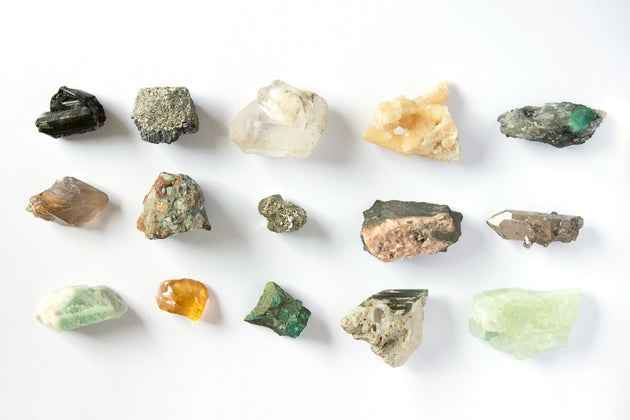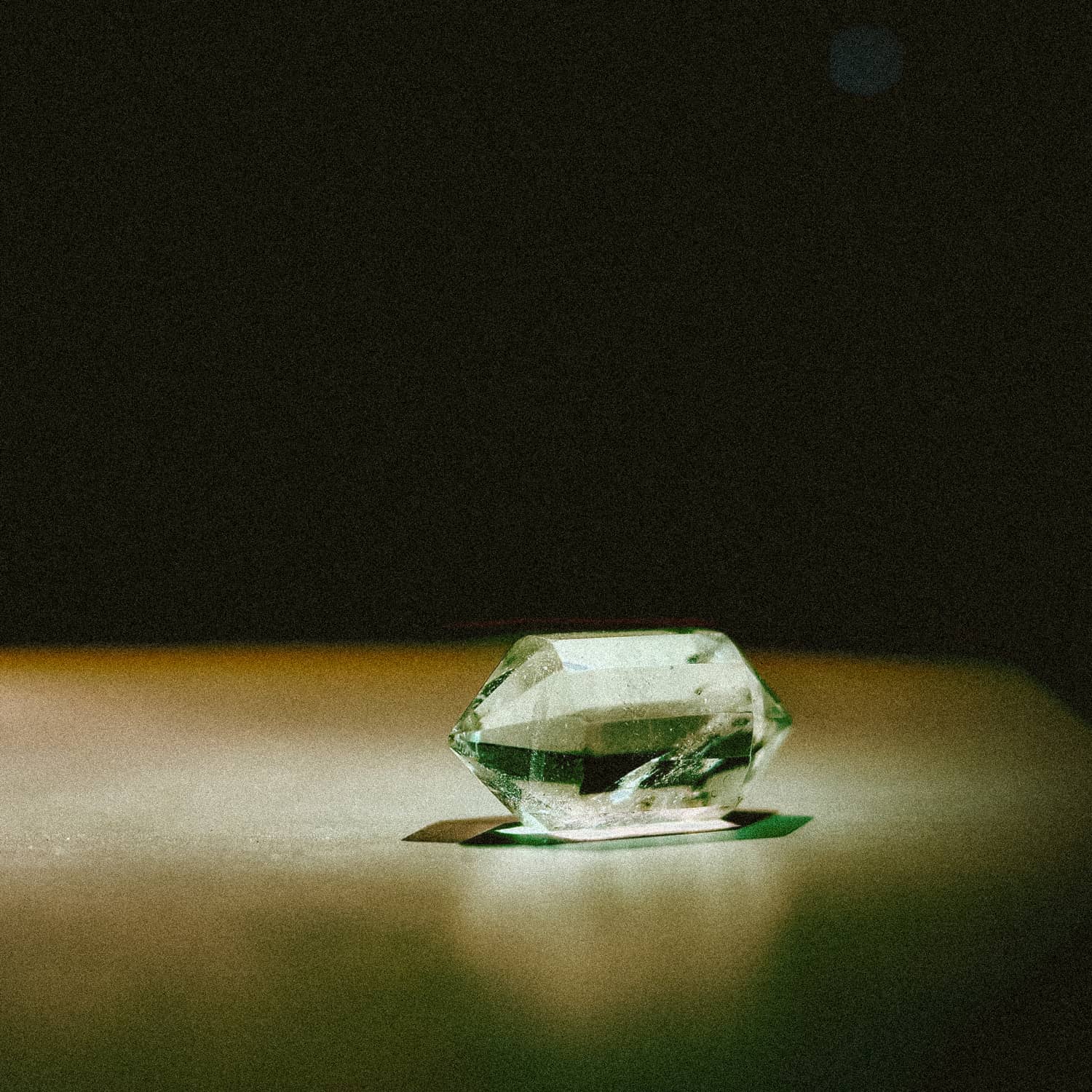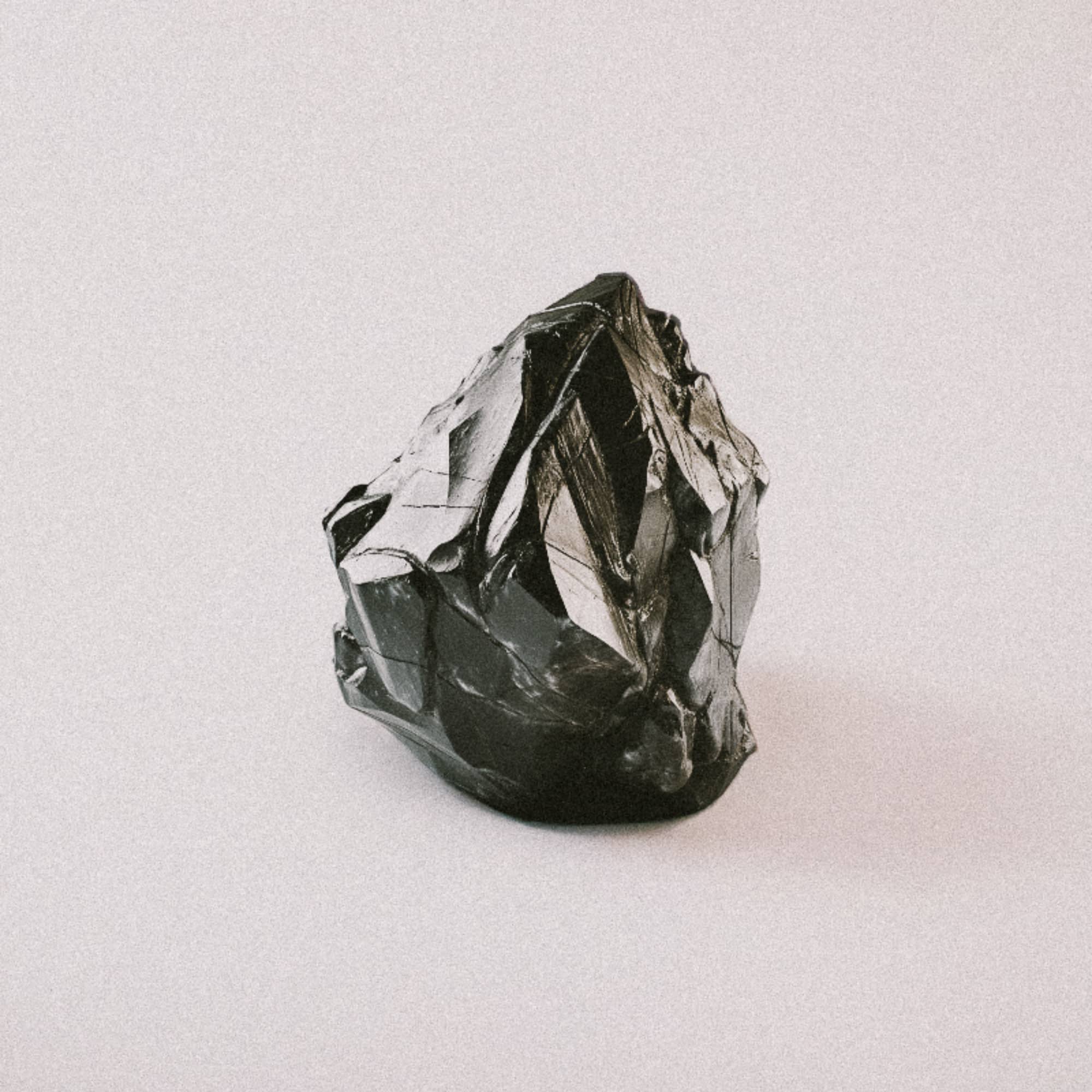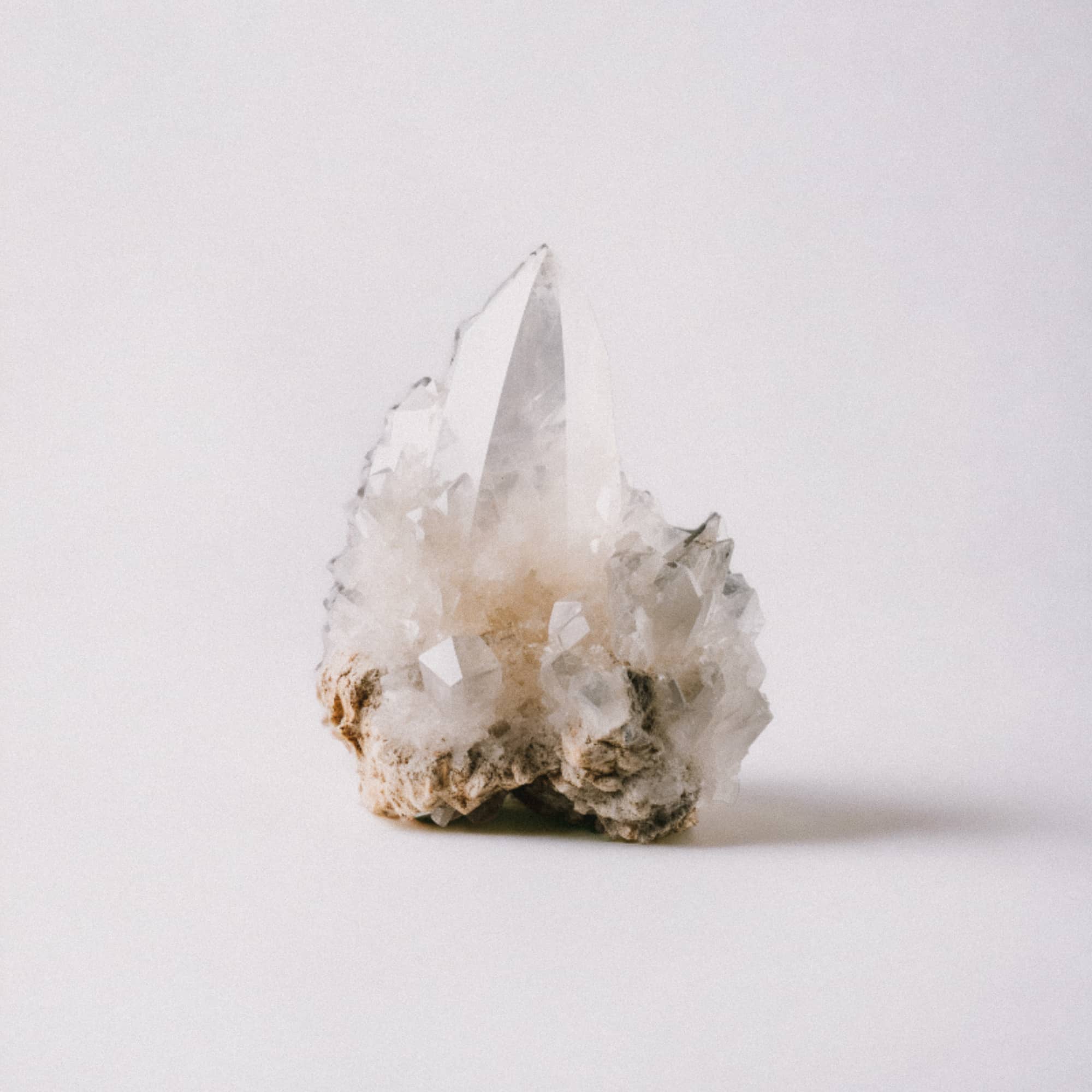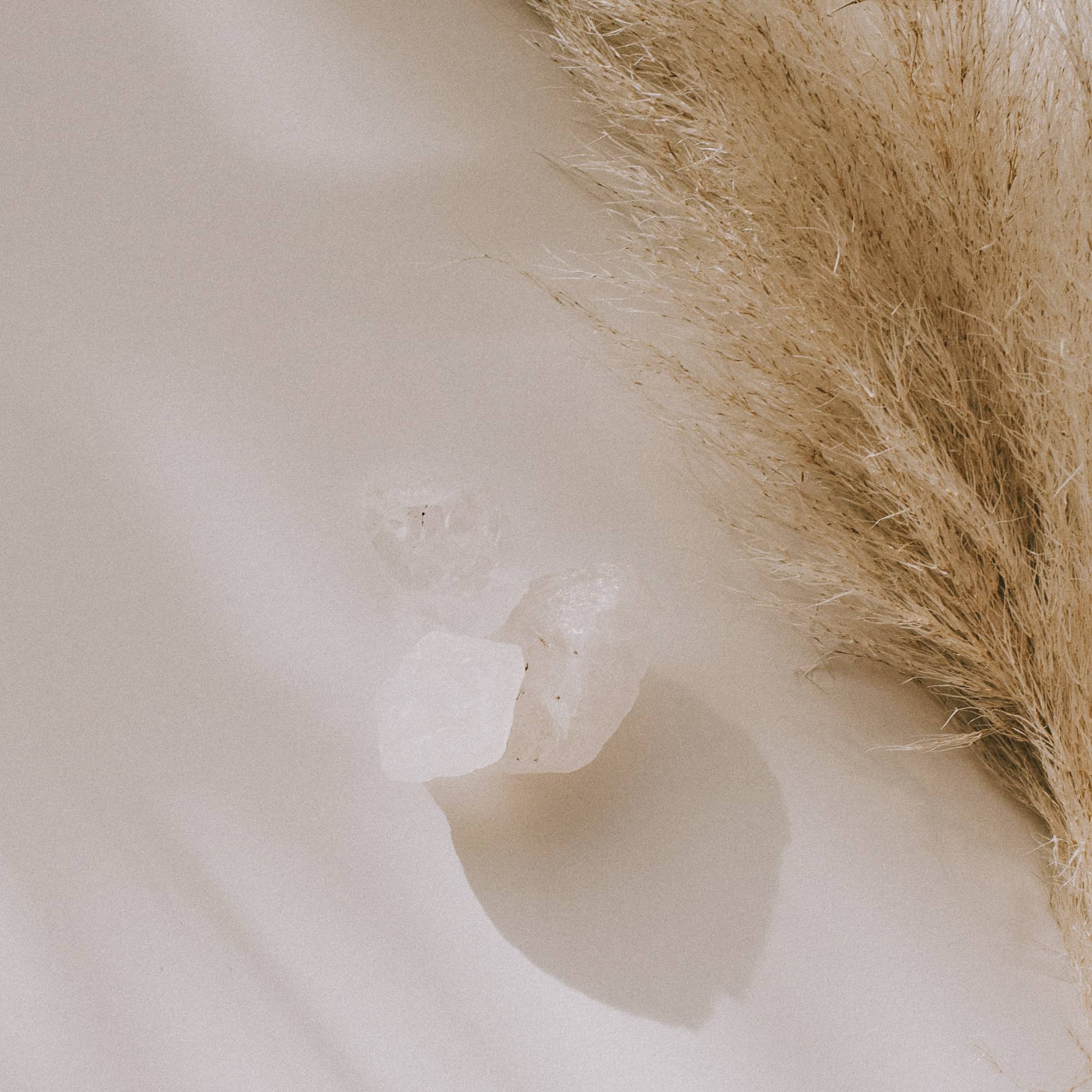The hardness of gemstones, an essential criterion for jewelry connoisseurs and collectors, is often assessed using the Mohs scale. This classification system, invented by Friedrich Mohs, a 19th-century German mineralogist, remains the benchmark for measuring mineral strength and durability. In this article, we delve into the heart of the Mohs scale, exploring how it works, its history, and its importance in jewelry selection.
Friedrich Mohs: The Pioneer Behind the Scale
Born in 1773, Friedrich Mohs left an indelible mark on the field of mineralogy with his hardness scale. As a student at the University of Halle, Germany, Mohs devised an innovative method for classifying minerals according to their relative hardness. This scale, introduced in 1812, was to revolutionize the way minerals were studied and used, particularly in jewelry.
Mohs scale explained
The Mohs scale ranks minerals on a scale of 1 to 10, from softest to hardest. Talc, with a score of 1, is the softest mineral, while diamond, with a score of 10, is recognized as the hardest. This hierarchy makes it easy to determine one mineral's ability to scratch another.
How does the Mohs scale work?
The scale is based on a simple observation: a mineral can scratch those that are softer than it. For example, corundum (sapphire and ruby), with a hardness of 9, can scratch all minerals ranked below it, but not diamond. This property is crucial for identifying minerals and choosing appropriate stones for jewelry intended for everyday use.
Beyond the Mohs scale
Although the Mohs scale is the most famous, other systems, such as the Rockwell, Knoop and Brinell scales, offer more precise measurements for specific applications. These complementary methods contribute to a more nuanced understanding of the hardness of materials ranging from metals to polymers.
The importance of the Mohs scale in jewellery-making
In jewelry, a stone's hardness is synonymous with its longevity. Harder stones, such as diamonds, sapphires and rubies, are more resistant to scratches and impact, making them ideal for engagement rings, wedding bands and other jewelry worn daily. Softer minerals, such as opal or lapis lazuli, require special attention and are often reserved for less exposed pieces.
Choosing jewelry according to Mohs' scale
Knowing the hardness of gemstones is essential for any jewelry lover. It influences not only the choice of stones, but also the care they require. A diamond, with its extreme hardness, offers exceptional durability, while softer stones require delicate handling to preserve their beauty.
To better understand the resistance of the different stones used in jewelry, here's a handy table that ranks precious and semi-precious stones according to their hardness on the Mohs scale. This classification will help you appreciate the variety and beauty of stones, while taking into account their durability.
| Scale | Precious stones |
| 2 à 3 | Amber, Pearl |
| 3 à 4 | Howlite, Coral |
| 4 à 5 | Rhodochrosite, Charoite, Cyanite |
| 5 à 6 | Apatite, Lapis Lazuli, Turquoise, Opal, Rhodonite |
| 6 à 7 | Amazonite, Marcasite, Peridot, Tanzanite, Garnet |
| 7 à 8 | Amethyst, Aventurine, Citrine, Quartz, Jasper, Tourmaline, Aquamarine, Emerald |
| 8 à 9 | Topaz, Alexandrite, Zircon |
| 9 à 10 | Ruby, Sapphire, Diamond |
At Aglaia, our choice of stones is guided by a philosophy that combines aesthetics, sustainability and ethics. We understand that each stone tells a unique story and has its own unique characteristics. That's why we meticulously select our stones, favoring those that are not only beautiful but also capable of standing the test of time.
We include stones of different hardnesses in our collections, taking into account their specific uses.
Discover our jewelry in semi-precious stones
The Mohs scale is not only the legacy of Friedrich Mohs, it is an indispensable tool in the field of mineralogy and jewelry. It guides professionals and enthusiasts alike in their choice of stones, ensuring that jewels not only captivate with their brilliance, but also stand the test of time. By mastering the Mohs scale, you become an informed consumer, able to choose jewels destined to last a lifetime.


